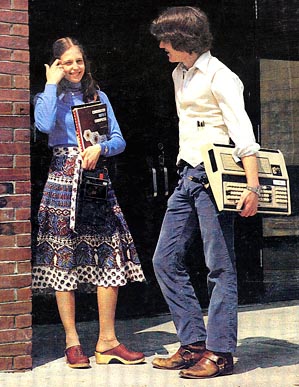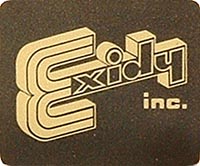
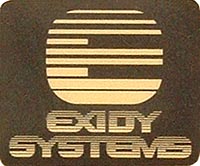
|


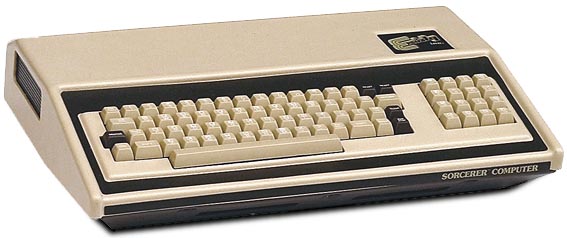
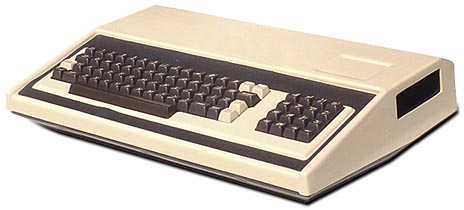
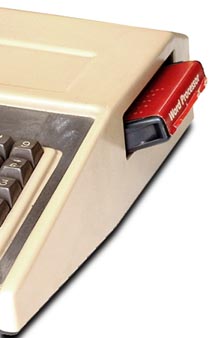 All other programs and languages are loaded from either a cassette tape, or a cartridge (ROM-Pac) plugged into the right side of the console.
These ROM-Pacs are real, authentic, 8-track tape cartridges with a computer circuit-board inside instead of a music tape.
All other programs and languages are loaded from either a cassette tape, or a cartridge (ROM-Pac) plugged into the right side of the console.
These ROM-Pacs are real, authentic, 8-track tape cartridges with a computer circuit-board inside instead of a music tape.
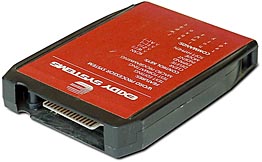
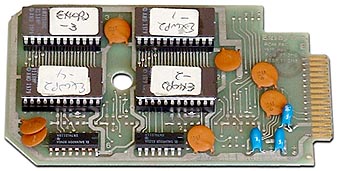
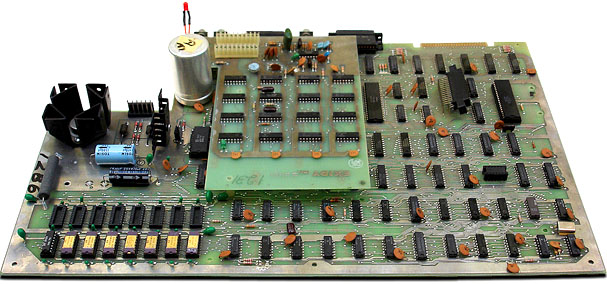
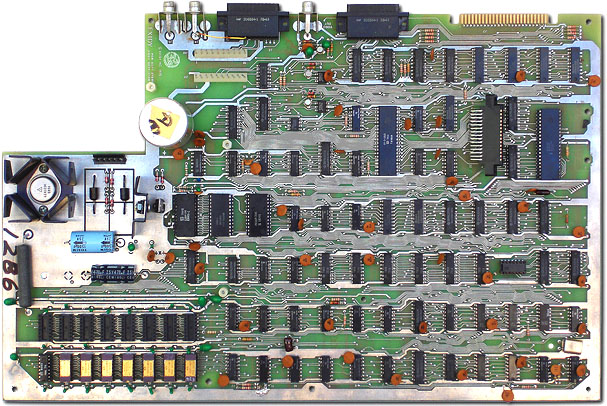

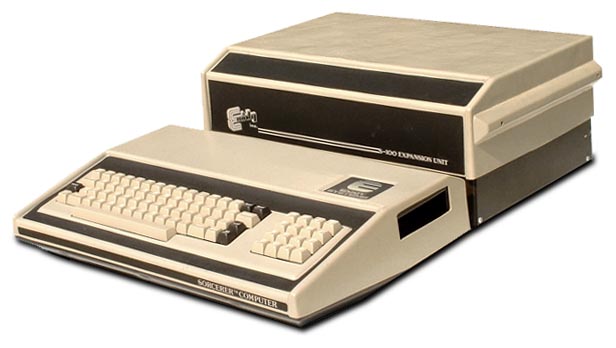
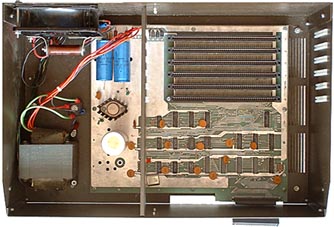
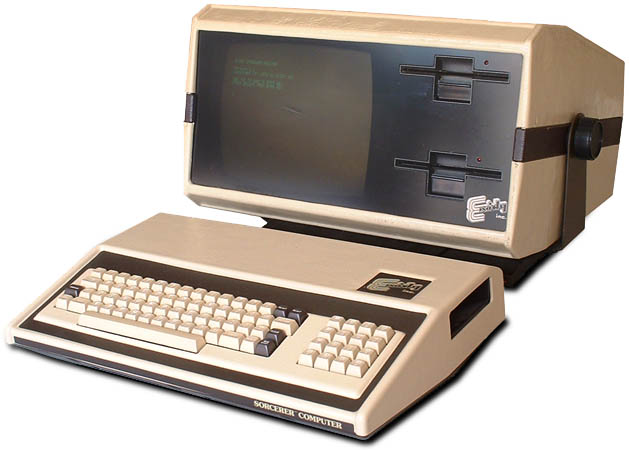
|
